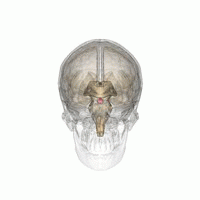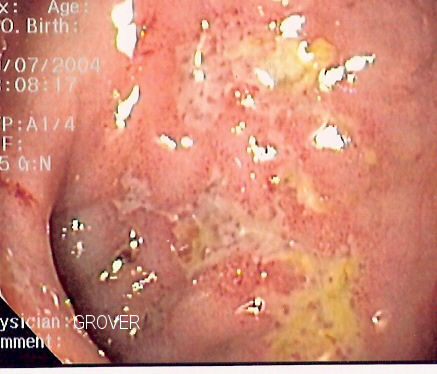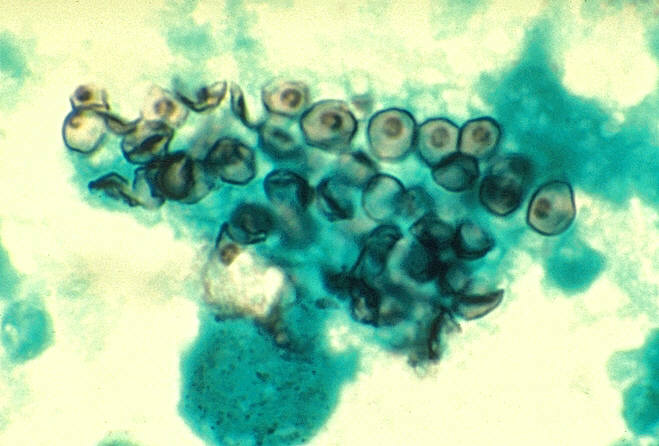
Today we had a very information special guest morning report from the medical consults team. They discussed a woman with a new systolic ejection murmur, found to have hypertrophic obstructive cardiomyopathy on echo. They also discussed the complications of HOCM in pregnancy.
HOCM is a familial cardiomyopathy that results in marked asymmetric left ventricular hypertrophy (predominantly anterior ventricular septum) and diastolic dysfunction. In severe cases there is left ventricular outflow tract obstruction during systole, because the anterior (usually) leaflet of the mitral valve and septum actually meet. You may hear the term "systolic anterior motion" or SAM - this is what it is referring to.
Consequences of HOCM range broadly - from no symptoms whatsoever, to CHF and atrial fibrillation, to sudden cardiac death. Shortness of breath on exertion is the most common symptom. Predicting who will suffer serious consequences is difficult, but there are some generally agreed upon risk factors. These include:
- Family history of HCM with sudden cardiac death
- History of syncope or presyncope
- Massive LVH (septal wall thickness >30 mm)
- Previous (survived) sudden cardiac death
- Nonsustained ventricular tachyarrhythmias (NSVT)
- Abnormal blood pressure response to exercise
Physiologically we discussed how decreasing preload, increasing contractility, and decreasing afterload all worsen outflow obstruction.
Treatment also varies based on clinical presentation. Low risk asymptomatic patients do not require treatment. Betablockers and calcium channel blockers have a role in the symptomatic patient. Patients with CHF will likely require diuretics but this must be done cautiously as decreasing preload will worsen the outflow obstruction. Implantable cardioverter defibrillators can be used to prevent sudden cardiac death in a subset of high risk patients. Surgical treatment is generally reserved for patients who fail medical management and remain highly sympomatic.
For those of you interested in preparticipation screening of athletes, here is an interesting article.
Have a good weekend and see you in a week!









